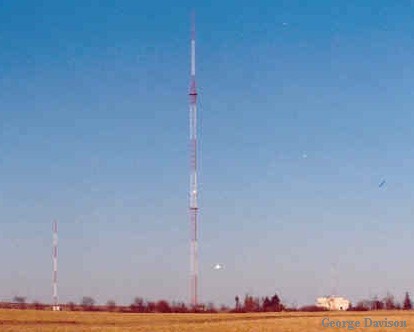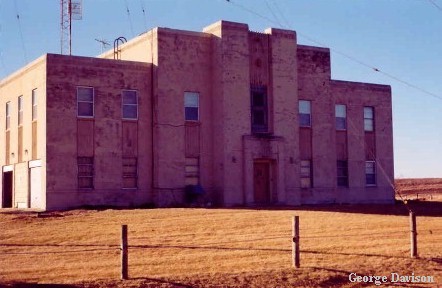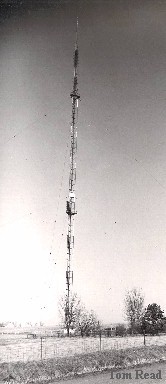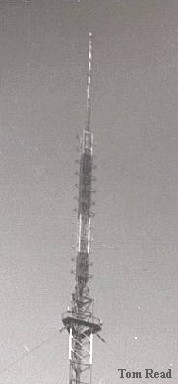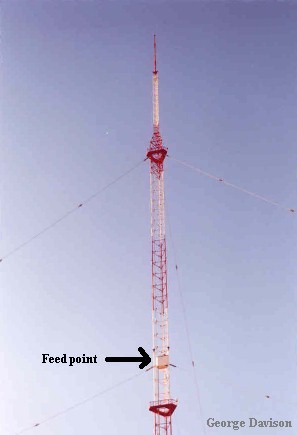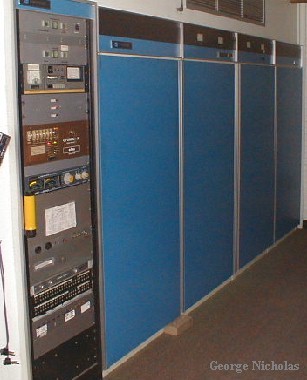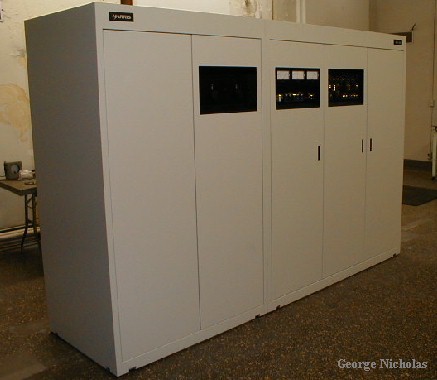This is the WHO History section of
The Broadcast Archive
Maintained by: Barry Mishkind - The Eclectic Engineer
Last Update 12/23/03
WHO - Station Tour
by Barry Mishkind
|
|
WHO, Des Moines went on the air April 26, 1924, two weeks after receiving its license from the FRC. The station was built by Banker's Life Insurance Company to promote its policies, especially to farmers throughout the midwest. |
|
The WHO transmission site at
Mitchellville, IA, |
|
| This post card from approximately 1925 includes a photo of the "Apparatus Room" ... | 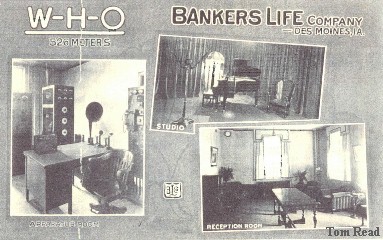 |
| Although the station proved useful for a few years, the station began losing significant money as the Depression set in, so in 1930, Banker's Life sold WHO to Dr. Palmer, who owned WOC in Davenport, IA. He ran the two 5,000 watt stations as WOC-WHO in synchronous operation on 1000 kHz for several years. On April 22, 1933, the two stations were shut down, and replaced with a new 50,000 watt RCA transmitter in Des Moines. On November 11, 1933, the calls were changed to back to WHO. | |
|
|
In 1932/33, Palmer built a new site for WHO at Mitchellville, miles outside of Des Moines. This has been the home of WHO ever since. The right wing included two separate apartments for the plant supervisor and workers. |
|
Blaw-Knox Antenna |
|
|
A 532 foot Blaw-Knox Antenna was installed in 1934. |
In 1950, a new 780 foot "Franklin" style antenna was built. At the top was WHO-TV, with WHO-FM just below. |
| The "Franklin" antenna
is an interesting design, essentially two towers stacked on top of one
another. A former CE (Jeff Hansen) described it this way:
The tower is grounded at the base and insulated at approximately 390 feet (about half way). A Franklin structure is similar to a vertical dipole. Very briefly, here’s how it works: the 6 inch transmission line carries the 50KW energy up to the 330 foot level where it is dumped into a tapped variable coil. The coil then feeds the upper half of the tower (above the insulators). As this energy travels up and down the structure, an RF voltage is induced in the lower half of the tower. A nitrogen pressurized variable capacitor (at the base) is in series with the tower base and ground. This capacitor is used to tune the lower half of the tower, and thus, set the phase relationship between the fixed upper half and the lower half of the tower. In the end, both the upper and lower half of the tower are excited with equal amounts of power in phase.
|
|
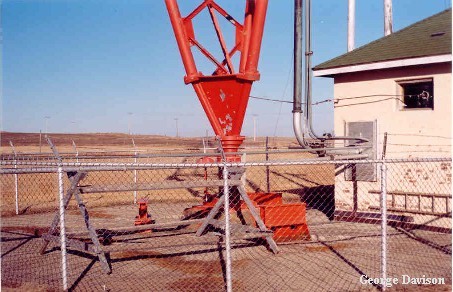 |
|
|
The WHO Tower Base. There is no
base insulator, |
Because the antenna is a "Franklin" 1/2 wave tower, the RF connection is made halfway up, just above the platform. |
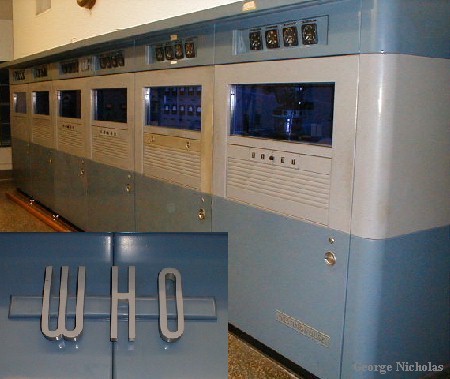 |
|
|
WHO installed this Westinghouse 50 HG-2 in 1950. |
The Harris MW-50C3 became the main transmitter in 197x |
|
|
|
|
The current WHO Main Transmitter - A Harris DX-50, installed in 1999. |
|
FM operation was begun on 12/6/50, and TV operations in 1954. The FM was removed in 1973.
My thanks to George Davison, Tom Read, and George Nicholas for sharing their pictures of the WHO site.
